Why you can trust TechRadar
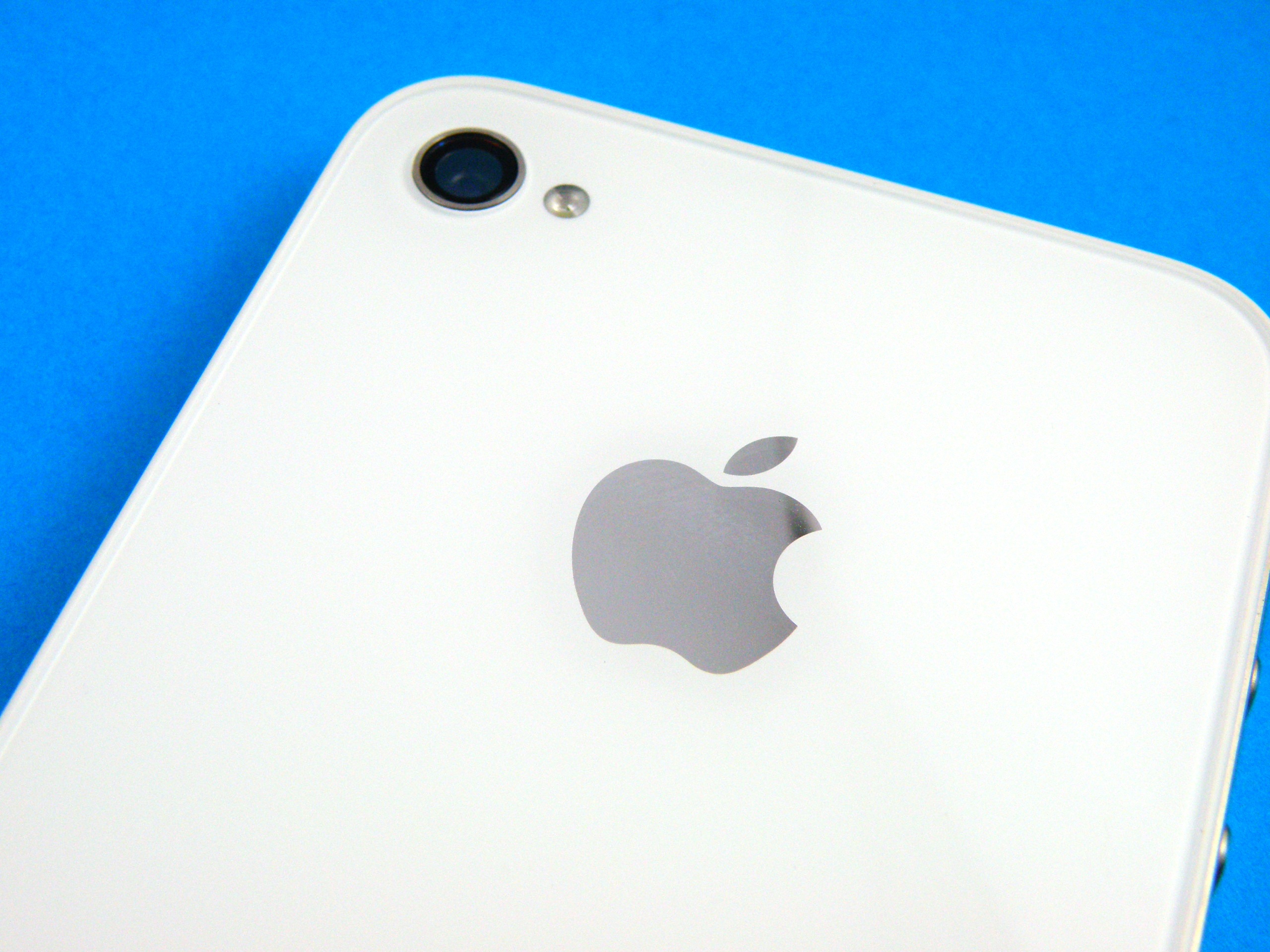
We've teamed up with Future's camera team to bring you our new, in-depth test for the iPhone 4S camera - see our professional findings below:
With 8MP at its disposal, the iPhone 4S produces images that are roughly 3MP larger than its predecessor.
But Apple hasn't just squeezed a few more pixels onto the sensor; it's used a new sensor design that has larger capacity pixels. This means that each pixel receives more light and generates a stronger signal, so images have less visual noise to produce a more attractive and well-defined snap.
Apple has also used a new lens with an aperture of f/2.4. In photographic circles this is quite a big deal, as it lets in more light to allow faster shutter speeds in darker situations and thus helps keep motion blur at bay.
A wide aperture is also useful because it means the depth of field, or sharp zone, can be restricted to isolate the subject from its background. This is only really likely to come into play when shooting objects close-up with the iPhone 4S.
As with all cameraphones, because of it's small sensor size the iPhone 4S will have lots of depth of field in most other shooting situations. This is ideal for holiday shots and the like when you want to photograph someone in front of a jaw-dropping scene or a famous landmark and you want both to be sharp.
Controls
The iPhone 4S doesn't offer much in the way of camera controls. The sensitivity settings, white balance and exposure, for example, are all set automatically with no way of adjusting them prior to taking a shot. There's not even an exposure compensation facility to tweak the exposure.
A camera manufacturer wouldn't be able to sell a compact camera with such a limited level of control unless it was for a child.
However, it does make the iPhone 4S camera very easy to use and, of course, extra functionality can be added via apps.
One useful option that is available is the ability to manually select whether the flash fires or not. Those who prefer to handover complete control can leave this set to 'Auto' - and generally we found it fired at the correct points, often appearing to improve shots we considered already well-lit.
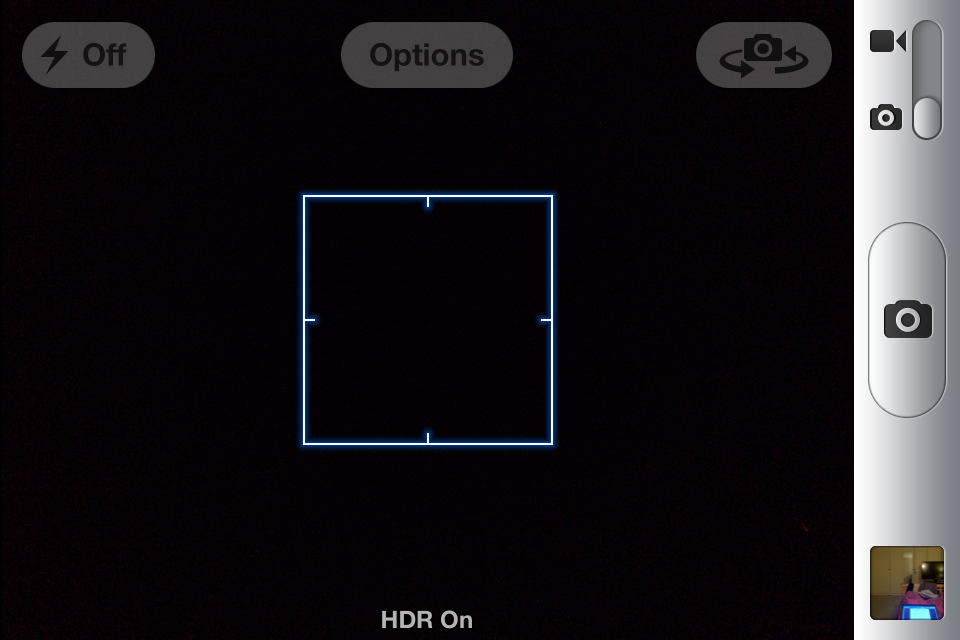
The flash is weak, but it's useful for illuminating very dark scenes or adding a little sparkle to eyes in daylight. It's a very small light source, so if it is the main one for an image, expect strong shadows and highlights – it's not the most flattering option for a night-time portrait, but very strong for a single LED.
A tap of the screen is all that is required to set the focus point. The camera then usually does a quick backwards and forwards focus adjustment before the subject is made sharp. There's no clear focus indicator, the subject just looks sharp when the focussing has completed.
Although the touchscreen is core to the iPhone, Apple hasn't given the camera a touch-shutter facility.
This would trigger than camera to focus and take the shot with a single touch of the screen. Instead, after choosing the focus point, the shutter icon needs to be hit to take the shot.
The 'up' volume control can now also be used as the camera shutter button too - however, it was very stiff indeed on our test sample, meaning there was an element of shakiness about some of the photos that simply pressing the screen could accomplish.
However, it's still a nice touch to have - taking pictures of yourself is much easier with this as an option.
Although there is no optical zoom facility, the iPhone 4s camera allows users to zoom digitally into the scene using the pinch to zoom option on the touchscreen. Plus you could always look SUPER COOL and get one of those optical attachments for the iPhone 4S to make it into a longer range shooting device - but you'd have to be really dedicated to do that.
Rather than reducing the size of the images, however, the iPhone interpolates the digitally-zoomed shots so they have the same 3264x2448 pixel dimensions.
On-screen icons provide access to the secondary camera and the grid display, flash and HDR options. These icons can be difficult to see when you're shooting from an awkward angle and it's easy to touch one accidentally when you are trying to set the focus point.
It's helpful that, if the camera is active when the iPhone 4S is put into sleep mode, the camera is available as soon as the lock screen is swiped open.
You can also jump straight into the camera from the lock screen with a double tap of the Home Button, although you can only see the snaps you've taken from that session, meaning you can't sneak into the photo gallery of a code-locked iPhone.
Exposure
As with any camera the point of focus needs to be selected with care, but for the iPhone it is particularly important as the brightness of the main subject has an impact on the overall exposure of the image.
If the subject is very dark, for instance, the image is often made quite bright and vice versa. It is often worth playing around with different focus points to get the best exposure as you can't do anything to change it manually as we mentioned earlier.
If a face is in the scene, the camera recognises it quickly and focuses ready for the shot to be taken - and it's one of the best examples of such integration on a phone, focusing almost instantly when a face is present.
With scenes that have lots of contrast the HDR facility, which we first saw on the iPhone 4, comes in handy. In this mode the camera creates three different versions after an image is captured and then merges them down into one with greater dynamic range, that is, more detail in the highlights and the shadows.
We found that the HDR modes produces subtly enhanced images, with the greatest emphasis seeming to be on brightening shadows.
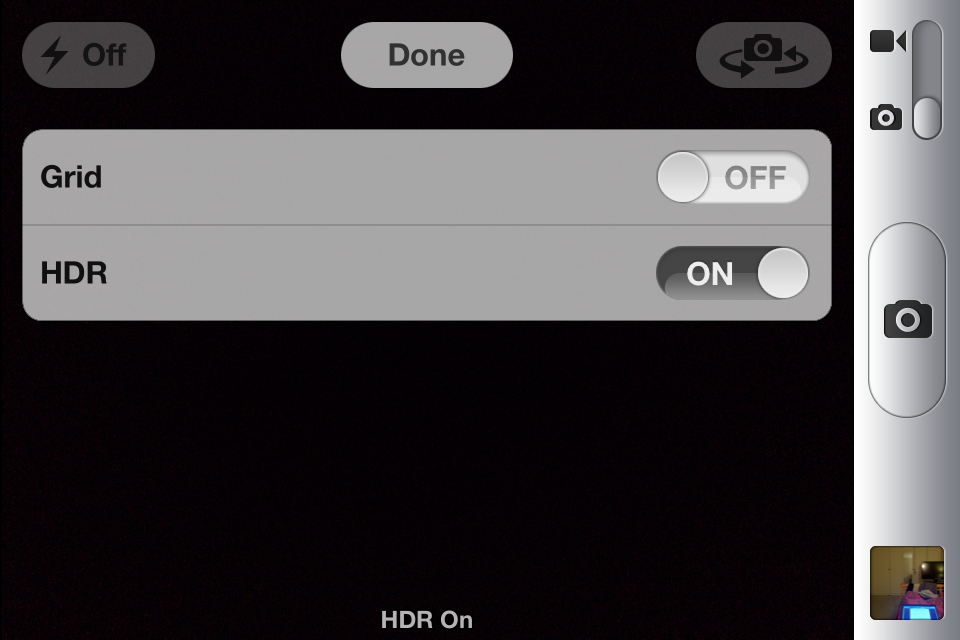
Colour saturation is sometimes overly-boosted by using the HDR mode, but generally the results look very natural and subjects aren't surrounded by obvious halos (unwanted bright areas around the object).
Image quality
When we test cameras the first thing we do is shoot our resolution chart to see how much detail it can record. We'd normally do this at every sensitivity setting, but as the iPhone 4S doesn't allow the ISO setting to be set manually, we just had to plump for what it chose automatically in the bright lights of our lab.
The image EXIF data shows that the iPhone selected ISO 80, which is a low setting that should ensure plenty of detail is captured.
We found that the iPhone 4S is capable of recording around 1,400 line widths per picture height (LH/PH).
This doesn't compare well with the average camera, or even another phone like the Nokia N8, which managed to notch up 2,200 LW/PH.
However, the resolution score isn't the whole story. At 100% on the computer screen the images look natural and not overtly digital.
They look a little soft, and have a faint granular texture, but they aren't over-sharpened so there are no harsh edges or halos.
At more sensible viewing sizes most of the iPhone 4S images look great: sharp and sufficiently detailed. Out of focus areas look naturally soft and there's none of the watercolour effect or bold outlines that we have seen from some other cameraphones.
Colours are generally good, but there is some variation. The white balance can shift from one shot to the next, possibly because of slight changes in the colour of the subject under the focus point, which the iPhone will select for you unless told otherwise.
Some colours look a bit subdued on the screen at the point of capture, but they are recorded well and show up much more vividly on a computer screen.
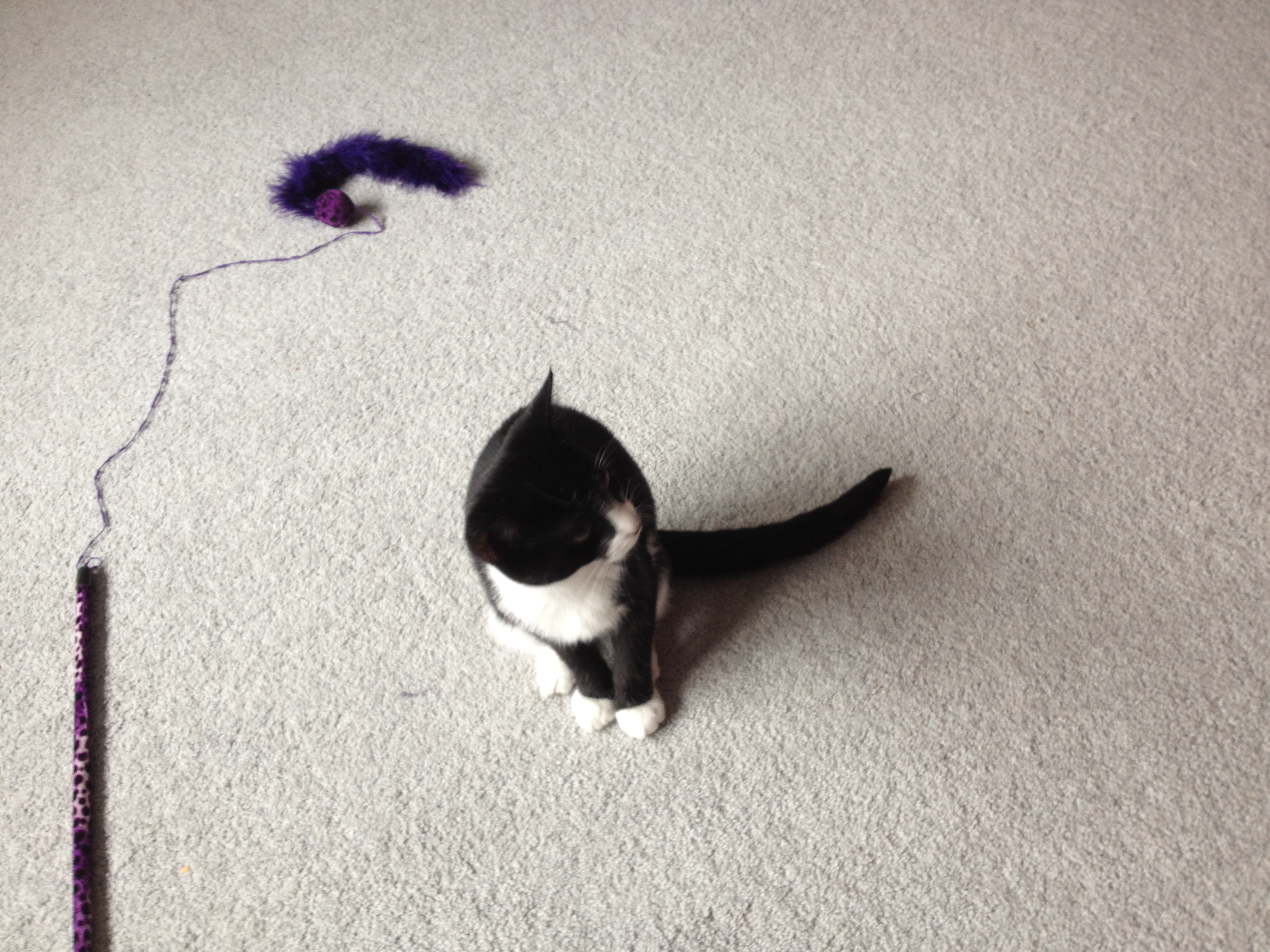
Standard cat: Taken with the iPhone 4S, the low light sensors do a good job raising the brightness, but lose a little detail.
Click here for the full resolution picture
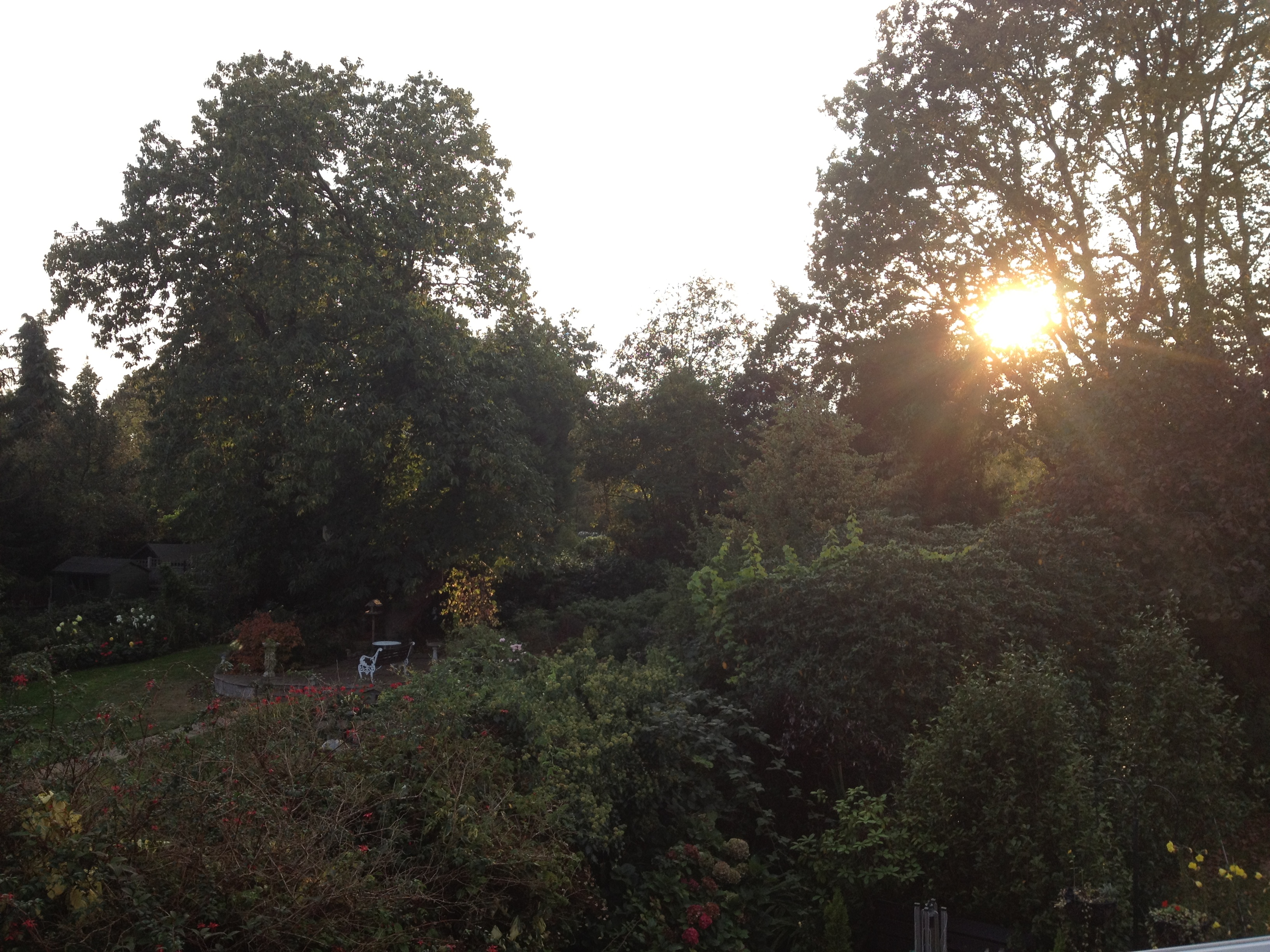
Garden shot: Taken with the iPhone 4S, this shows a decent colour balance with a quick snap
Click here for the full resolution picture
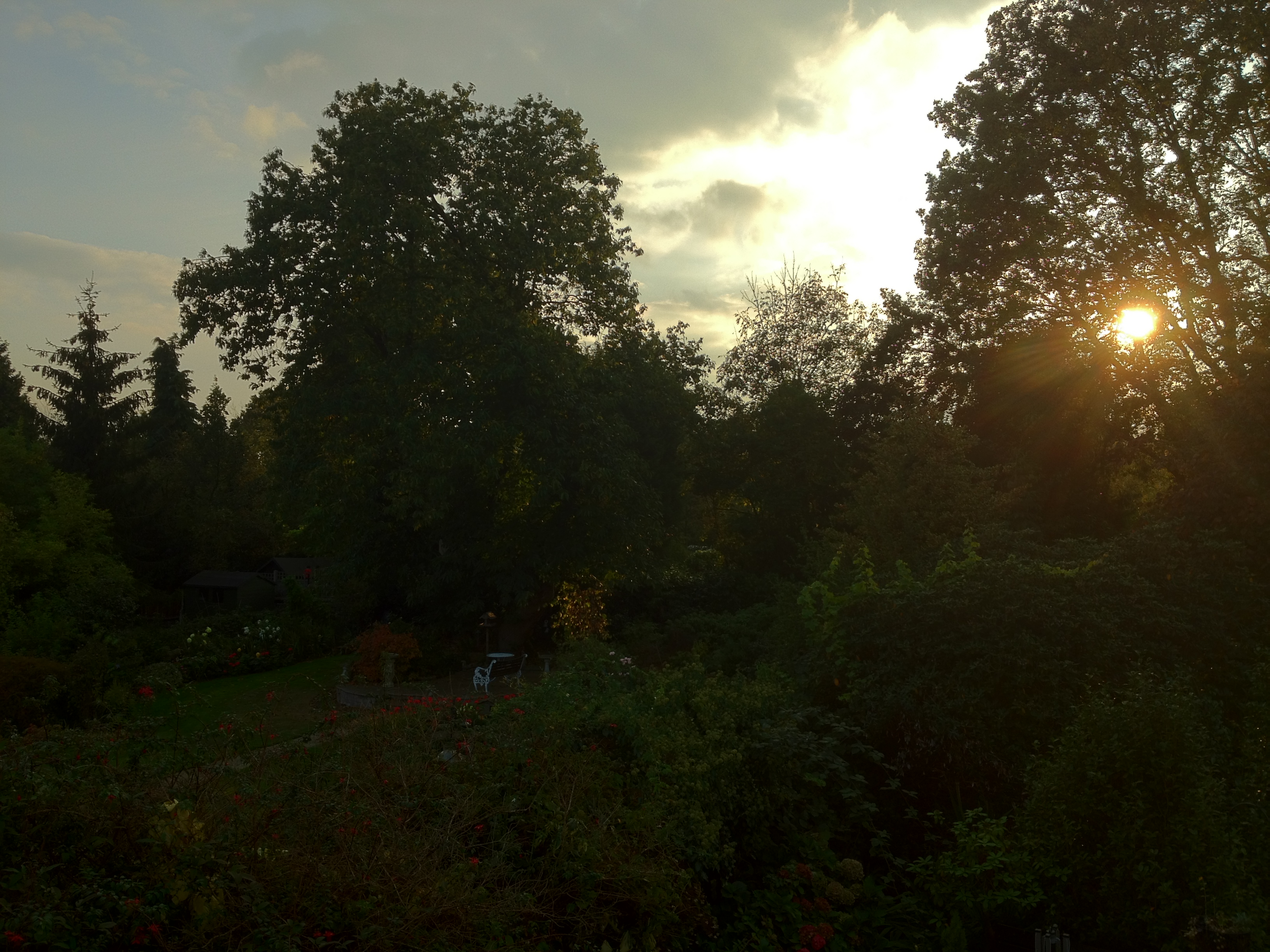
Here we can see the same photo from the iPhone 4S with HDR on, and the balance is much better compared to the original and the S2
Click here for the full resolution picture
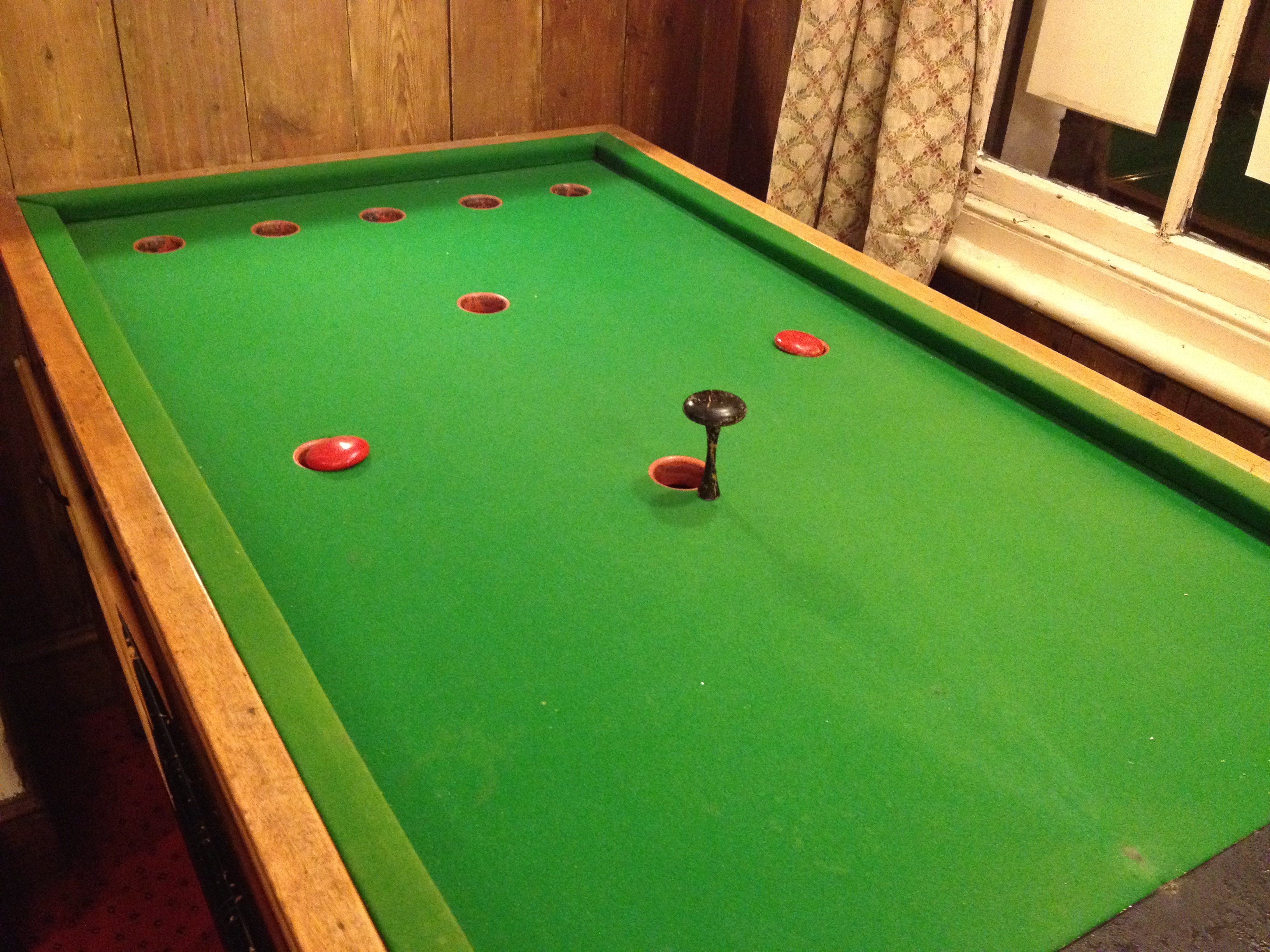
Billiard-tastic: This well-lit shot captures colours well even without HDR turned on
Click here for the full resolution picture

AE/AF lock: You can long press on a certain part of the picture to lock the exposure and focus settings - here we concentrated on the foreground
Click here for the full resolution picture
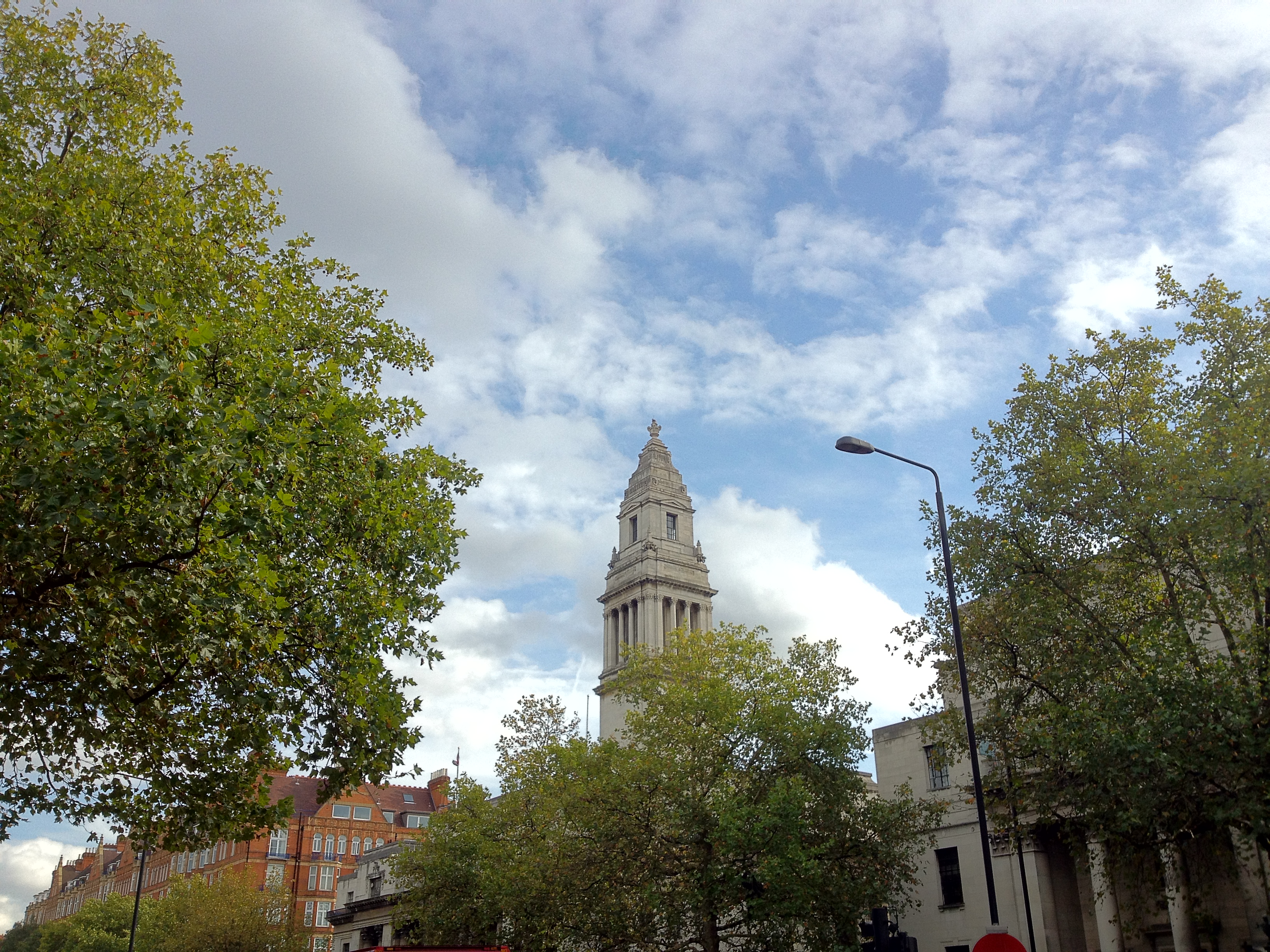
HDR overhaul: But the same picture with HDR enabled is dramatically enhanced, with detail throughout the shot excellent
Click here for the full resolution picture
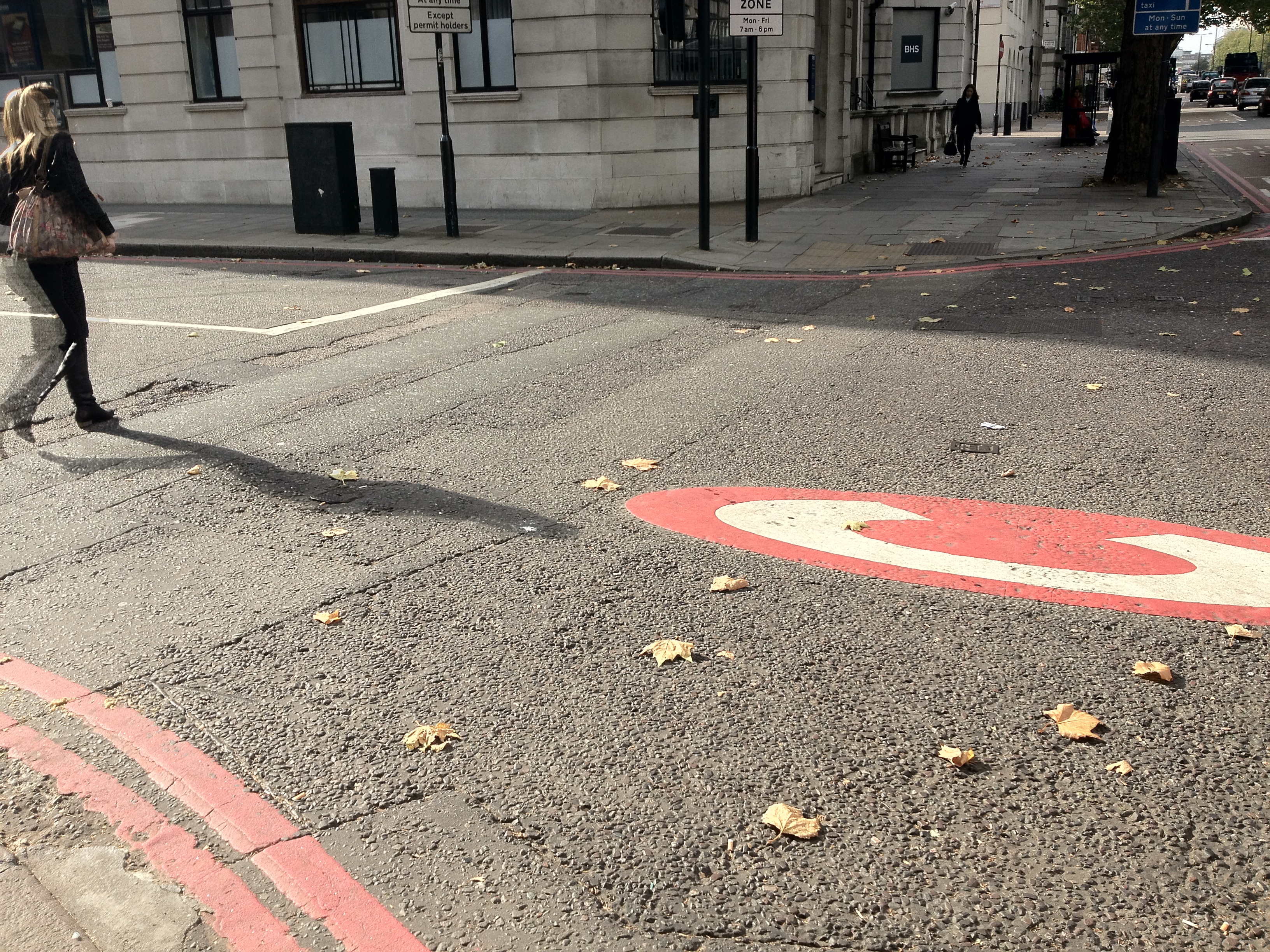
HDR warning: Be careful about using the option all the time, as strong light and motion can result in ghosting
Click here for the full resolution picture
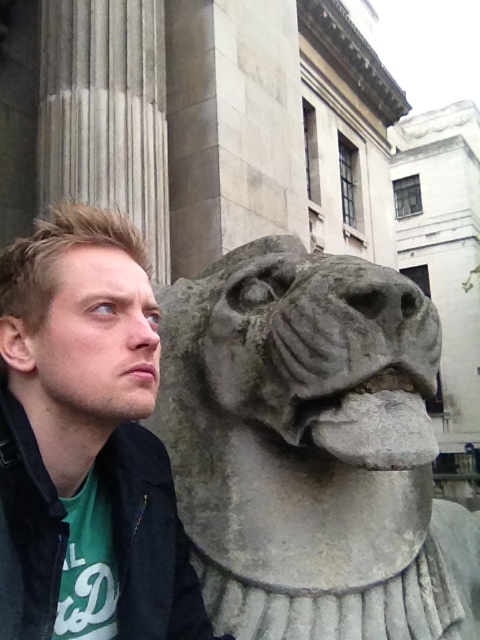
Front facing: The front camera is more than good enough for quick self portraits
Click here for the full resolution picture

Up close and personal: The macro mode is automatically enabled and quickly manages to take close-up pictures (HDR on)
Click here for the full resolution picture

The same leaf from further away - you can see the level of detail the iPhone 4S captures is very impressive
Click here for the full resolution picture
Verdict
It's interesting to note that the EXIF data shows that the camera sometimes switches been a general purpose multi-zone metering system and spot metering even when the same scene is being shot, introducing some variation in the colour and exposure of images taken in a sequence.
This probably won't bother most casual cameraphone users, but should explain how you can take multiple images of the same scene and get different effects.
It may not be the most feature-rich camera, but the iPhone 4S is very easy to use and is highly responsive, with one of the best (ie shortest) shutter lags in the industry. While other cameraphones are capable of capturing more detail, we like the naturalness of the iPhone's images.
It's worth noting that image colour can vary a little bit and it's an idea to take a couple of shots if you don't get exactly what you were expecting first time.
It's a shame there's no touch-shutter option though.
We'll be honest - there are other cameras out there that are worthy of a mention - the Samsung Galaxy S2, the Sony Ericsson Xperia Arc and the HTC Evo 3D are all pretty darn good.
But to our eyes, the iPhone 4S trumps all of these by producing the best quality shots on most occasions. And if you turn off the HDR shooting mode to just get 'normal' quality snaps, the speed at which you can move from taking one photo to the next is simply mind blowing - although already bettered by the 'zero lag' option of the Galaxy Nexus.

Gareth has been part of the consumer technology world in a career spanning three decades. He started life as a staff writer on the fledgling TechRadar, and has grew with the site (primarily as phones, tablets and wearables editor) until becoming Global Editor in Chief in 2018. Gareth has written over 4,000 articles for TechRadar, has contributed expert insight to a number of other publications, chaired panels on zeitgeist technologies, presented at the Gadget Show Live as well as representing the brand on TV and radio for multiple channels including Sky, BBC, ITV and Al-Jazeera. Passionate about fitness, he can bore anyone rigid about stress management, sleep tracking, heart rate variance as well as bemoaning something about the latest iPhone, Galaxy or OLED TV.
